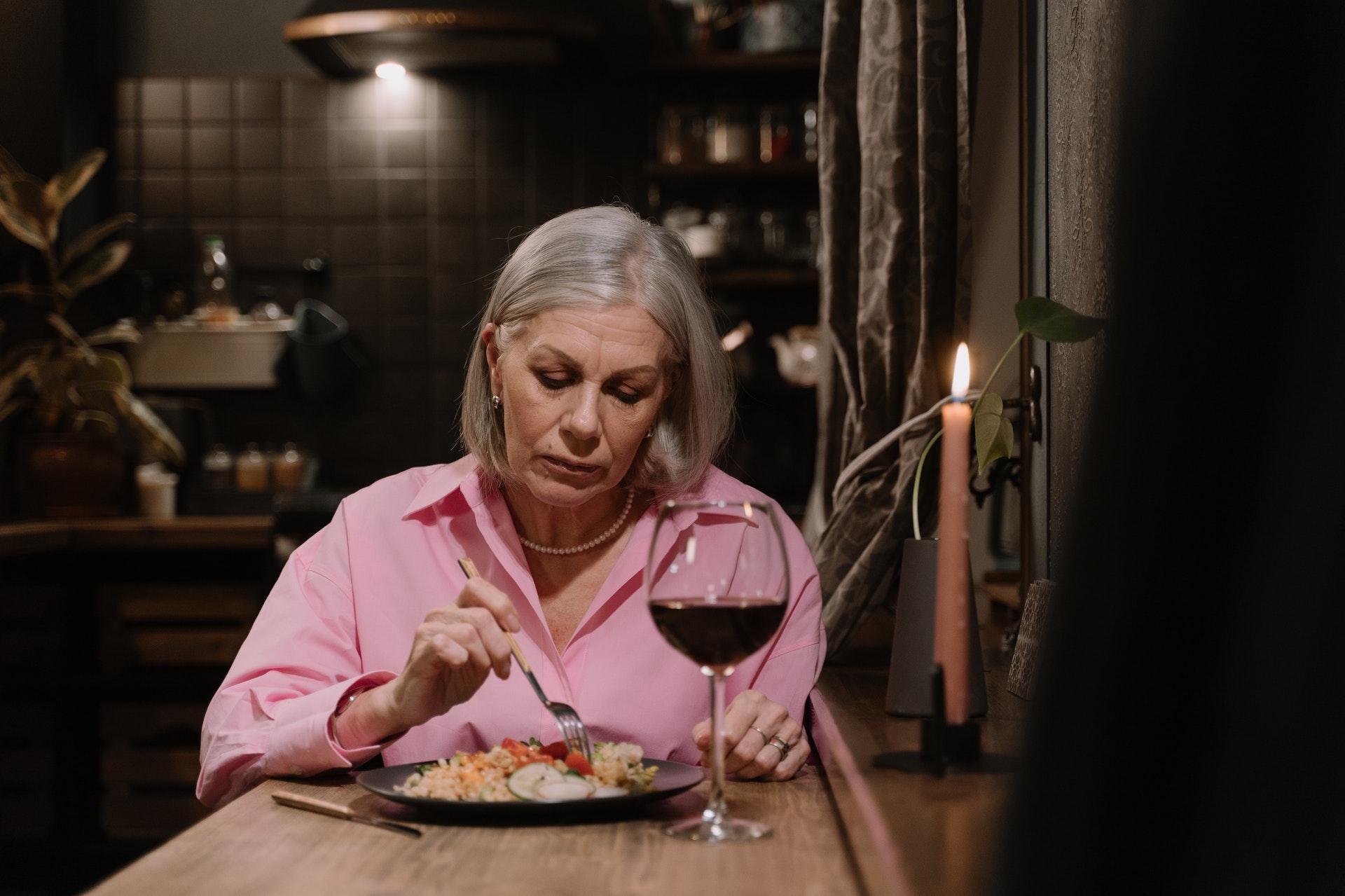Marketing to Seniors: Helping Seniors Age-in-Place
September 28, 2021

A major senior living operator once told us there are four areas where senior living communities outperform aging-in-place:
- Ensuring proper nutrition
- Personal safety and fall prevention
- Medication management
- Socialization
While all four areas are interrelated, two tend to go together: nutrition and socialization – or maybe more appropriately, combatting poor nutrition/eating habits and isolation.
It is a given that eating right is an important part of staying healthy at any age. But as a person ages, nutritional needs change. And the fact that many older adults have one or more chronic health conditions makes diet and nutrition even more important.
However, age-in-place seniors don’t necessarily focus on eating well-balanced meals. They often tend to eat fewer vegetables, fruits and fish. As you might guess, men are more likely to have a poor diet than women.
What may seem like an obvious solution to the nutrition problem would be meal delivery services that provide meals specifically prepared for seniors – meals that might provide smaller portions; offer variety in terms of the meats, vegetables and fruits included; formulated with a mix of nutrients that are important for maintaining health, ranging from proteins for muscle mass to calcium to keep bones strong to dietary fiber that keeps the digestive tract functioning well.
The problem with this solution is that when such prepared meals are delivered to a senior’s home, that does not mean the senior will necessarily eat that meal!
Eating Alone
An often overlooked fact is that as people age, the chances of them eating alone increase. Roughly one in four seniors live alone and usually eat alone. It should come as no surprise that this can impact their eating patterns.
A 2015 study conducted by Queensland University of Technology suggests “living alone may represent a barrier to healthy eating that is related to the cultural and social roles of food and cooking. For example, a lack of motivation and enjoyment in cooking and/or eating alone often leads to people preparing simple or ready-made meals that may lack key nutrients. The absence of support or encouragement to comply with healthy eating guidelines and difficulty in managing portion control were also factors influencing diet.”
Food and social interaction are deeply intertwined. (The negative effects of extreme social distancing policies senior living communities were forced to implement early into the COVID-19 pandemic bear this out. Loneliness among many elderly who were served all meals in their rooms contributed to a loss of appetite and generally poorer nutrition.) For businesses that serve older adults, this relationship between eating and socialization creates a potential marketing opportunity!
An Opportunity for Marketers
There are companies that provide prepared meal delivery, with offerings that are created specifically for aging adults. There are also businesses that deliver socialization for the elderly at many levels, including home care providers and community services with a senior focus. However, there is not a lot of crossover between the two.
The relationship between nutrition and social interaction for the elderly creates an opportunity for marketers. Creation of business models that combine the two could deliver significant benefits for age-in-place seniors, while delivering profits to the marketers who implement them. For example, creation of dinner clubs where seniors who are living alone might meet together on a regular basis to eat professionally-prepared meals, created specifically to provide for those seniors’ nutritional needs.
Some home care providers offer meal preparation. That service could be expanded to include having the home care provider’s staff actually join the senior to eat the meal, as opposed to simply preparing and serving it.
The point is this: age-in-place seniors need more than a balanced meal placed before them. They need engagement with others, whom they care about. Services that combine these two needs can impact a senior’s life for the better.
Not to mention, make a profit doing so.





